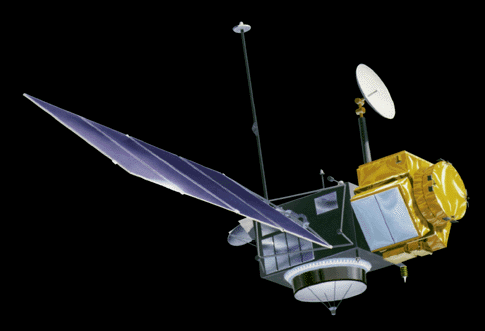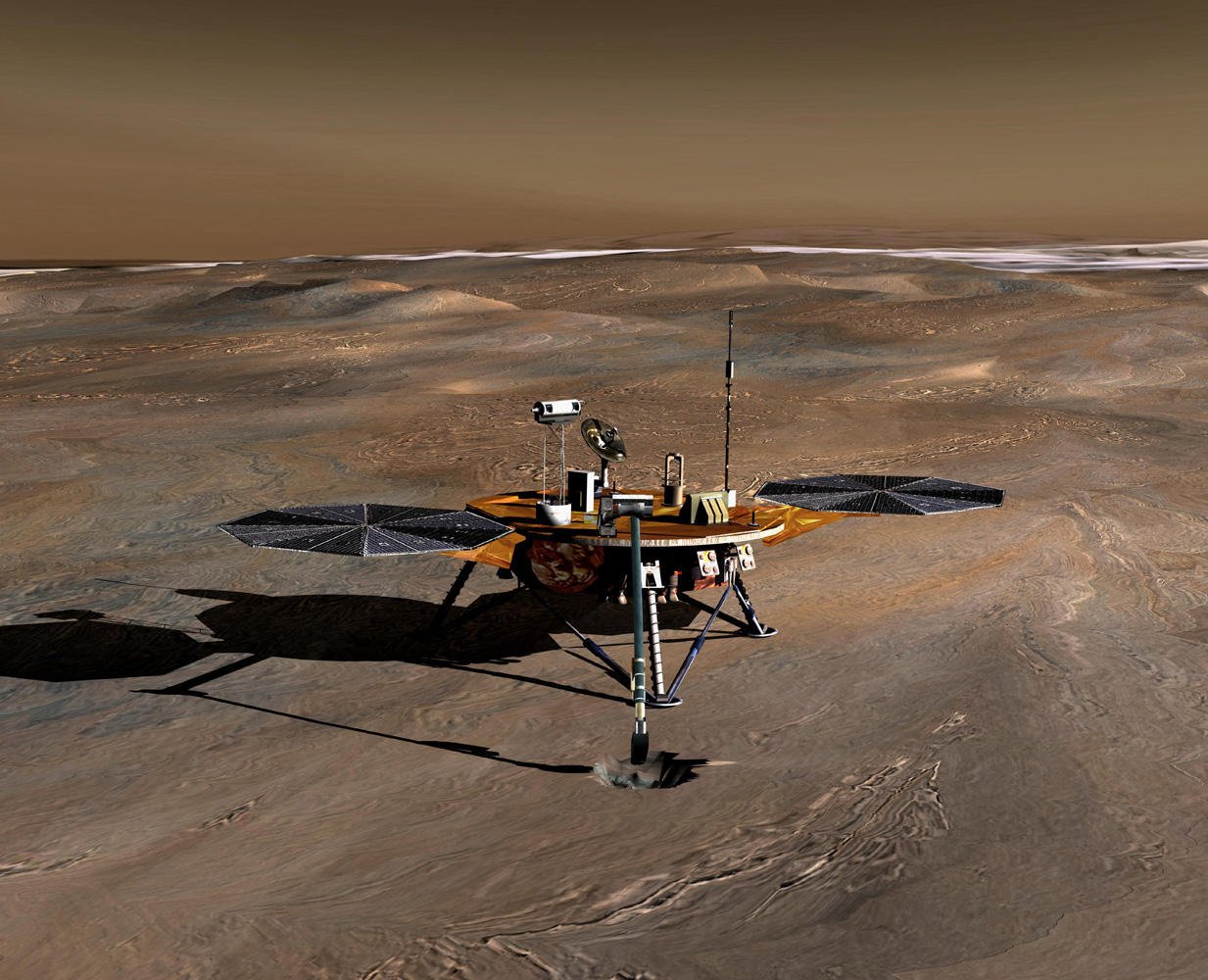Thirty-five years ago today — August 20, 1977 — the Voyager 2 space probe launched from Cape Canaveral aboard a Titan-IIIE-Centaur rocket.

(Voyager 2. NASA image.)
Voyager 2 was actually the first of the Voyager spacecraft to be launched. Voyager 1 would be launched a little over two weeks later.
The Voyager mission had at first been named “Mariner Jupiter/Saturn,” and was itself a less ambitious mission than originally planned:
Originally planned as a Grand Tour of the outer planets, including dual launches to Jupiter, Saturn, and Pluto in 1976-77 and dual launches to Jupiter, Uranus, and Neptune in 1979, budgetary constraints caused a dramatic rescoping of the project to two spacecraft, each of which would go to only Jupiter and Saturn.
The mission succeeded beyond all expectations, however:
Voyager 2’s launch date had preserved one part of the original Grand Tour design, i.e. the possibility of an extended mission to Uranus and Neptune. Despite the difficulties encountered, scientists and engineers had been able to make Voyager enormously successful. As a result, approval was granted to extend the mission, first to Uranus, then to Neptune and later to continue observations well past Neptune.
The extended mission required controllers to upload new software to take into account the communication lag times and the lower light levels in the outer solar system, but Voyager 2’s systems continued to work superbly. Our space history series has already noted Voyager 2’s successful visits to Jupiter, Saturn, Uranus, and Neptune.
Now known as the Voyager Interstellar Mission, Voyager 2 is currently over 99.35 astronomical units from the sun … and still going.
















